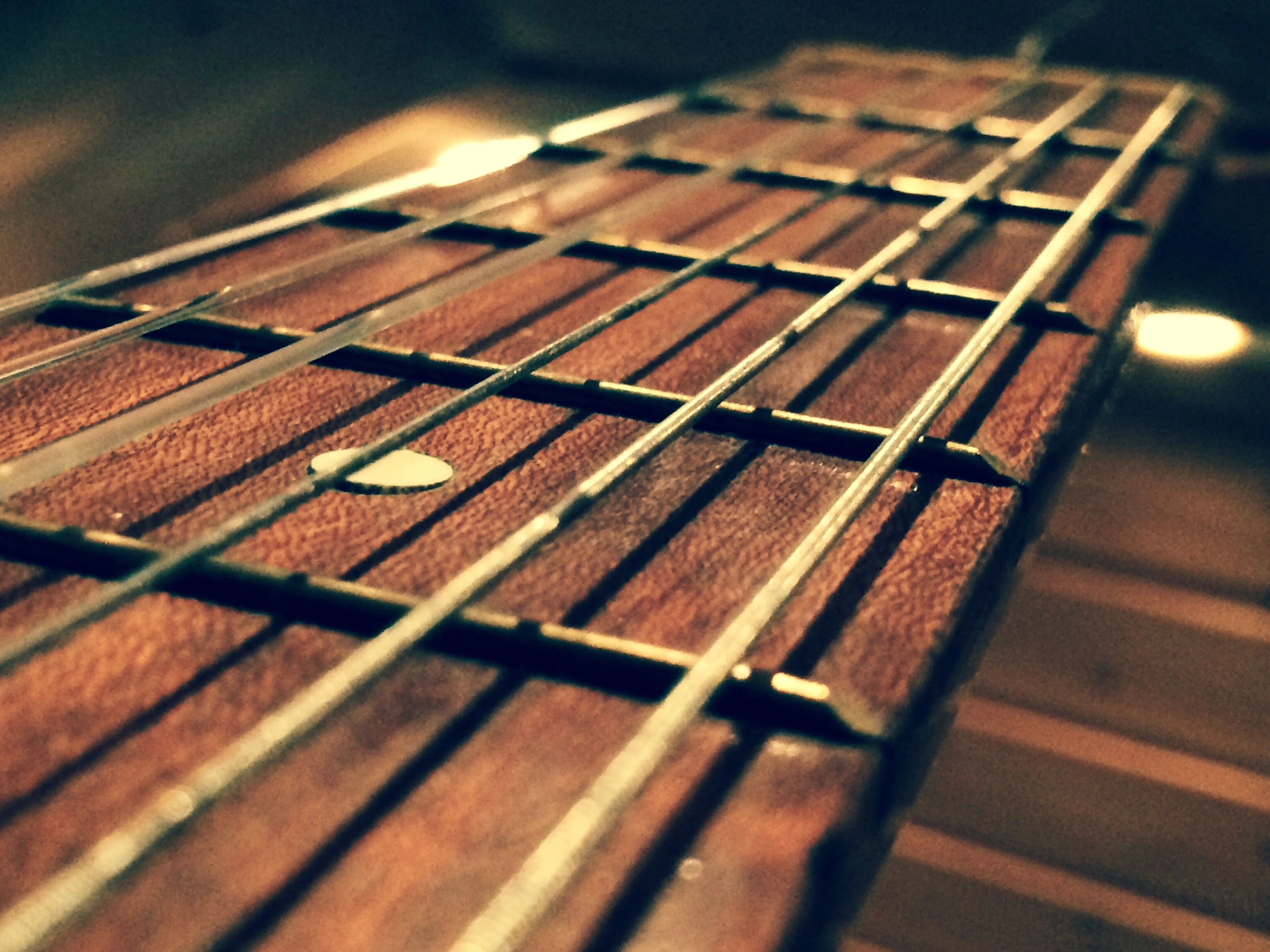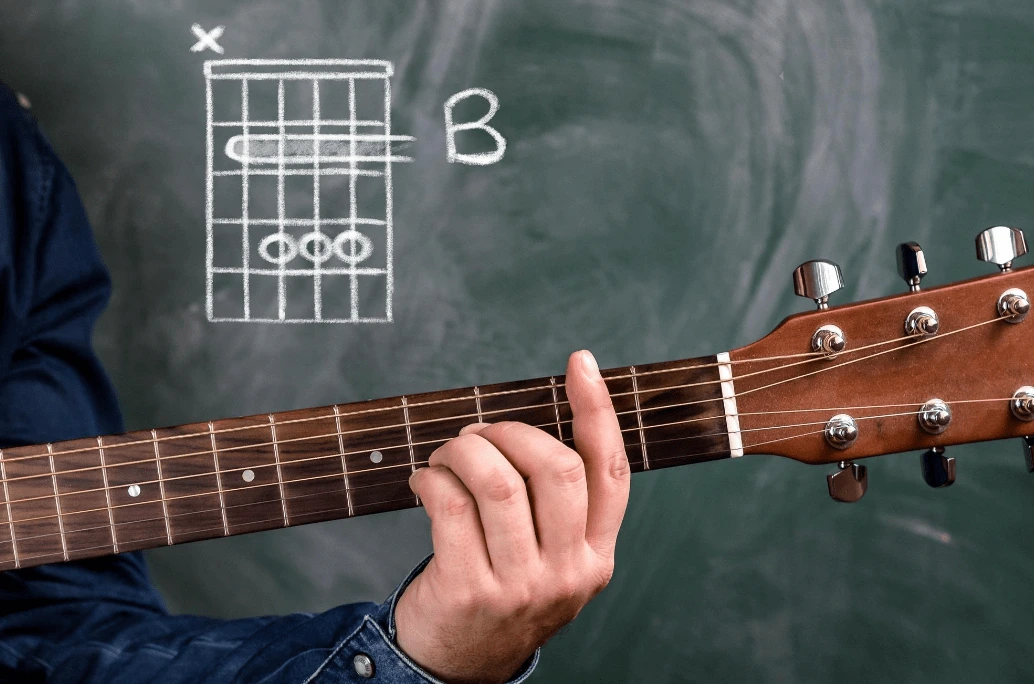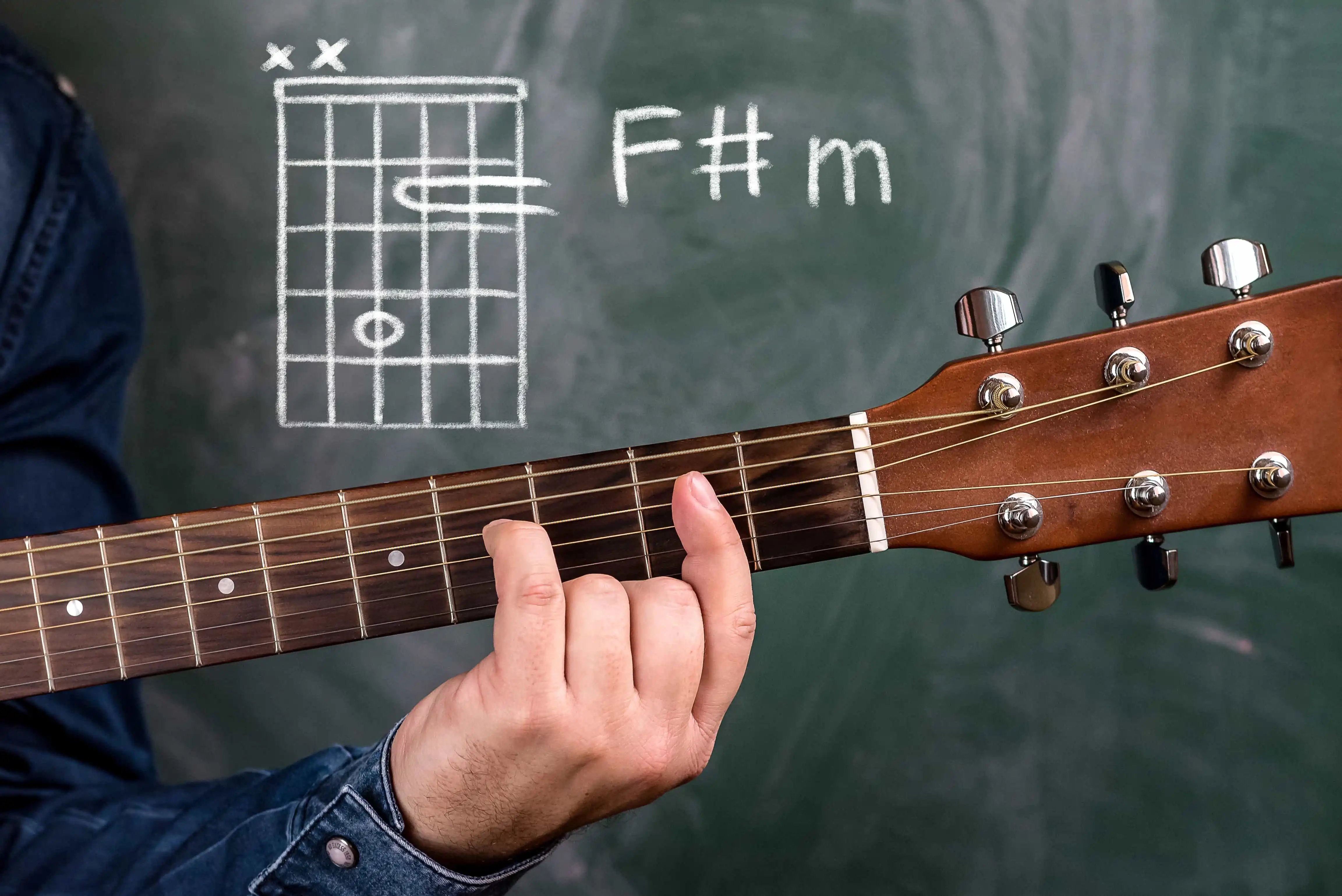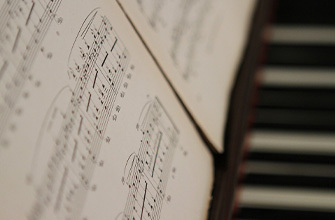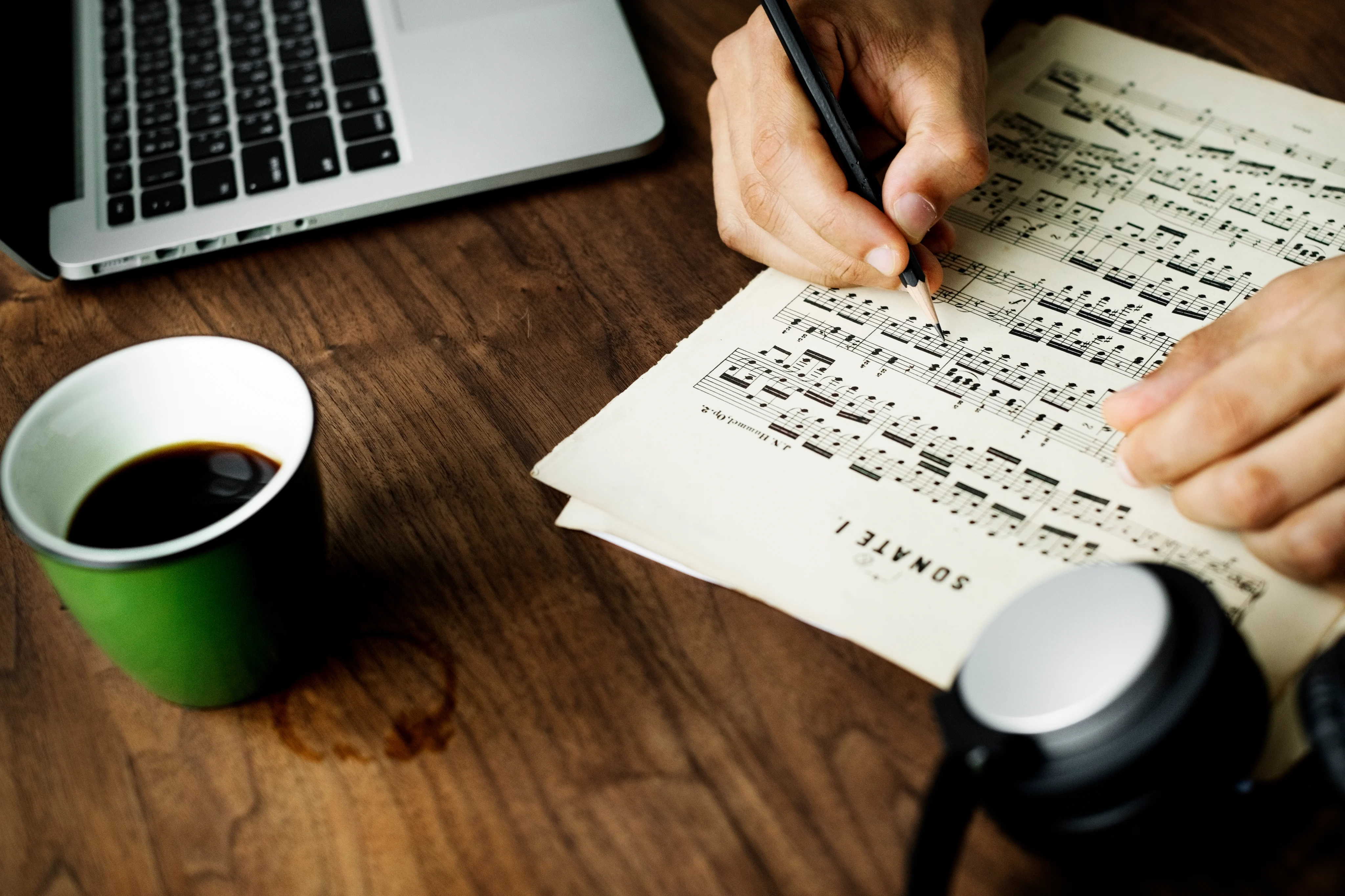Reaching a point where you feel confident in the instrument you play is great, and you may start to wish to learn more at an advanced level. For the guitar, it is the Guitar Fretboard. This can kickstart your journey into high gear and further develop your skills. Understanding the notes and when and how to play them is necessary for understanding music theory.
A guitar fretboard, also known as a fingerboard is the foundation of guitar playing and mastering it can help with chord shapes, scales and improvisation. A few artists may be content with just the basics, however, if you wish to learn more, mastering the fretboard will be a gradual process. But it opens up limitless possibilities for playing the guitar and to learn how to play songs with a guitar.
Basics of the Fretboard
Suppose you start to learn playing guitar online, you need to understand the guitar fretboard. It is the long and flat surface that is on the neck of a guitar. This is where you press down on the strings to create different notes. The structure of the fretboard allows you to play the notes you want and create the music you like. Here is a breakdown:
- Strings: A standard guitar has six strings, each that will play a specific note when played open (without pressing down on any frets). From thickest to the thinnest, the strings play the notes – E, A, D, G, B, and E, with the lowest E being the thickest and lowest in pitch and the high E being the thickest and highest in pitch.
- Frets: These are the thin metal bars that run perpendicular to the strings. Each fret on the board is a specific note on the musical scale. Pressing down on a string behind a fret shortens the length of the string and produces a note that is of higher pitch. Each fret raises the note by a half-step. As you move up the frets, the notes also rise by a half-step.
- Nut: This is the piece of material at the headstock end of the guitar fretboard that holds the strings in place.
- Saddle: This is the part that is at the bridge end of the fretboard that provides support for the strings and helps in determining how in tune the guitar is.
The tuning of a guitar is extremely important as it allows you to play the notes to their accurate sounds. This provides the foundation for playing a guitar. As you move up the frets, the notes along each string change. For example: Take the 6th string (low E) Playing it open will produce the note, ‘E’. Playing against the first fret produces ‘F’, the second – ‘F#’, the third – ‘G’ and so on.
The layout of the fretboard is quite simple to understand:
- Open Strings: If you play a string without holding down on a fret, the sound that is produced is called an open note.
- First Position: This area of the fretboard is where the first four frets for each string are present.
- Higher Position: By moving up the fretboard, you reach higher positions. Here, you play notes with a higher pitch.
Memorising the Notes on the Fretboard
To master the guitar is to master the fretboard. It may seem tough and overwhelming at first, but breaking it down into smaller and more concise steps will make it an achievable goal. With the option to learn guitar online, understanding the fretboard is necessary.
Here are some tips and tricks for memorising the guitar fretboard notes:
- First, learn the Open Notes: E A D G B E, these are the open strings and mastering them is your first goal to set your foundation. Whether you repeat them aloud, write them down or use mnemonic devices like ‘Every Athlete Does Great Before Events’ to memorise them. Here, you can see that the first letter of each word is an open note. Reciting these can help you memorise them easily.
- The Natural Notes on the Low E and A Strings: Prioritise learning the open notes on the lower A and E strings as these critical strings are the root for most chord shapes and scales.
- Octave Patterns to Support You: With the help of Octave Patterns, you can find the same notes on other strings. By using these, you can jump around to the different guitar fretboard notes.
- Keeping up with Daily Practise: Take a few minutes from your day to memorise the guitar fretboard notes. Keeping frequent, focused practices instead of longer periods will make a much better impact on your memorisation.
Learning Scales on the Fretboard
Scales are different sequences of notes played in a certain order. This is done by moving either step up or down on the guitar fretboard. Scales are the building blocks for every melody, solo and improvisation. Each scale on the guitar fretboard has a set pattern of two frets (whole step) and one fret (half step) between each note. Scales are of three types:
- Major Scale: A happier, excited and bright-sounding scale. For example, C Major: C, D, E, F, G, A, B, C.
- Minor Scale: A darker and sad-sounding scale. For example, A Minor: A, B, C, D, E, F, G, A.
- Pentatonic Scale: A simple five-note scale is mostly used in pop, rock, and blues. For example, A Minor Pentatonic: A, C, D, E, G.
To learn how to play songs, mastering the scales is of utmost importance. It is how you will be able to play complex pieces of music. The next step is learning about scale patterns. They are visual shapes or patterns of notes that you can memorise and play scales across the guitar fretboard. The fretboard is divided into ‘positions’ or ‘boxes’ which are specific areas along the neck. You should know that every scale has various positions that span across the entire fretboard.
When you’re starting, it is easier to practise with one scale at a time. This will allow you to understand the placement of your fingers and improve your memorisation. Begin with familiar keys like G Minor or A Minor, and it will lead to increased muscle memory and familiarity with the guitar fretboard notes.
Understanding the relationship between scales and chord progressions is extremely important to excel in learning to play the guitar. Chords and scales are truly connected, chords come from scales and each scale is an integral part of creating music.
Practice Routines to Master the Fretboard
It is no secret that it will take time to master the guitar fretboard. However, don’t let this hold you back. Taking part in daily and consistent practice will allow you to slowly but surely master the fretboard. The best course of action is to start with simple exercises and slowly move up to advanced techniques.
Easy and simple exercises such as playing scales or identifying notes on random frets are a good way to begin your routines. Exercises that have you move across the strings horizontally, up and down along the neck and vertically, which is across the strings, are also a great way to improve your skills with the guitar fretboard keys. Another such exercise is understanding what intervals are. Introducing interval training to your daily practice is a great way to enhance your playing abilities. In this, you try to identify the distance between the notes on different strings. Using a metronome is also a sure-fire way of improving your ability to handle a guitar fretboard. It will increase your understanding of timing, rhythm and your finger dexterity.
However, doing all these exercises once or twice a week is not enough, keeping up with your practice is extremely important as it is the best way to improve your guitar skills.
Common Mistakes to Avoid
Learning and mastering the fretboard is a complex endeavour, it’s alright if you make mistakes. However, to make sure you’re able to be the best you can be, here are some common mistakes to avoid while learning:
- Embrace practising slowly. Rushing through the notes and chords will hamper your learning and understanding and also ruin your accuracy while playing.
- Having the right posture and finger technique will improve your handling of the fretboard immensely. Neglecting it will only hinder your progress.
- While playing music, having context is of utmost importance. Understanding the music, the tones, and the emotions behind each note is how you will play with feeling. Simply memorising the notes is not enough.
- Taking on too many patterns or chords at the same time will slow down your progress, maybe even harm it. Learning the music, section by section will help you master the fretboard efficiently and easily. Carefully examine the chord charts and take it step by step.
- It’s alright if you feel frustrated. Taking a break can do wonders for your mental health and won’t allow you to burn out as fast. Staying patient while learning is the only way you properly take in all the necessary information and that is how you will be able to enhance your skills.
Conclusion
On your journey to learn the guitar, mastering the fretboard is one of the most important steps. Having full knowledge of the notes, chords, frets and more will allow you to fully embrace your musical side. Don’t worry if it seems daunting at first. Slow and consistent practice will improve your overall performance and musical ability. As you keep practising, the guitar fretboard will become second nature to you, and that is where you will be able to play more advanced and complex pieces of music with ease.

